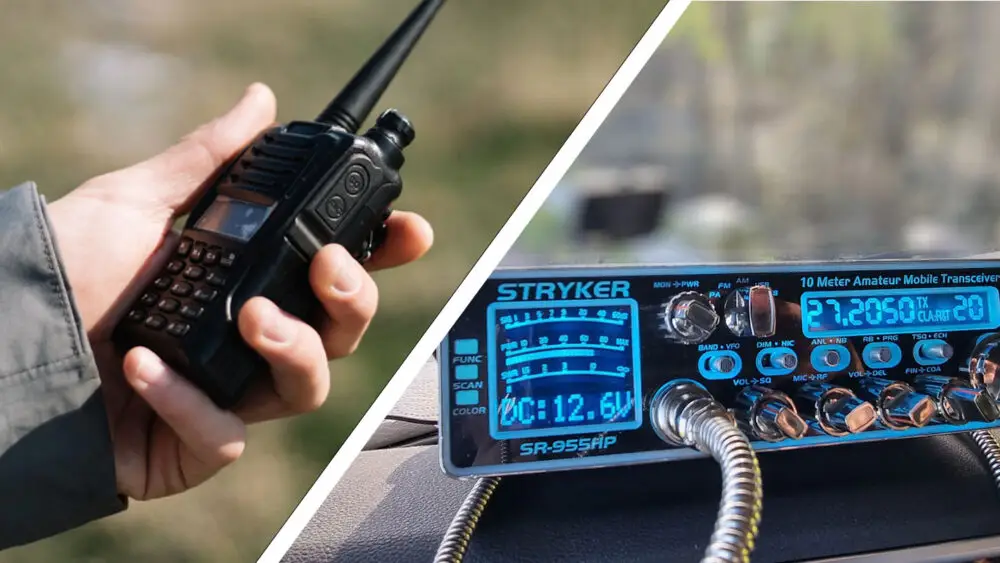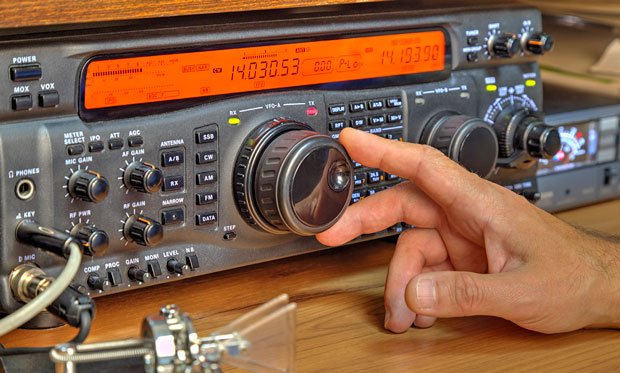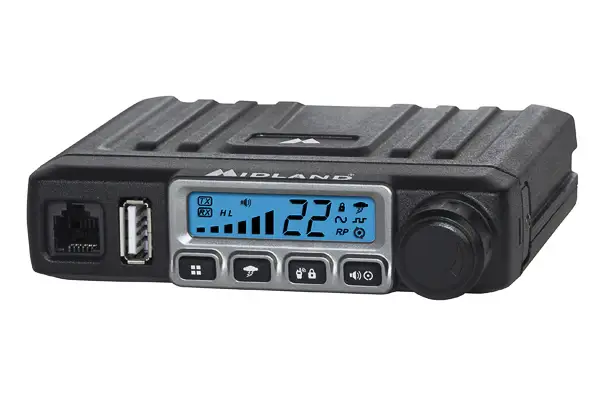Your cart is currently empty!
HAM vs GMRS: Which Radio Service Is Right for You?

HAM vs GMRS: Which Radio Service is Right for You?
In the world of two-way radio communication, two services consistently rise to the top for hobbyists, preppers, and outdoor enthusiasts: HAM radio and GMRS. Both offer powerful ways to communicate beyond the range of cell phones and standard walkie-talkies, but they operate under vastly different rules, philosophies, and technical requirements.
Choosing between them isn’t about finding which one is objectively “better,” but about identifying which service best aligns with your goals, willingness to learn, and intended use. This guide will break down the key differences to help you decide: HAM or GMRS?
Understanding HAM and GMRS Radio Services

HAM Radio (Amateur Radio)
HAM radio, also known as Amateur Radio, is a licensed service dedicated to experimentation, technical learning, and non-commercial exchange. It’s a hobbyist’s paradise, offering access to a vast spectrum of frequencies—from HF bands that can communicate across the globe to VHF/UHF bands perfect for local repeater use and simplex communication.
The core of the HAM ethos is self-reliance and technical proficiency. Operators often build their own antennas, experiment with digital modes like FT8 or D-STAR, and provide crucial emergency communication during disasters.
👉 Recommended Gear: BaoFeng UV-5R Dual Band HAM Radio
To become a licensed HAM operator, you must pass a government exam that tests your understanding of radio theory, regulations, and operating procedures.

GMRS Radio (General Mobile Radio Service)
GMRS is a licensed radio service designed for short-distance, two-way family communication. It’s much more user-friendly and practical for those who simply want reliable communication without a deep dive into technical details.
GMRS operates on a specific set of UHF channels (some shared with FRS walkie-talkies) but allows for more power and the use of repeaters. This means a GMRS radio can achieve a much greater range—often 20–30 miles with a mobile unit or repeater.
👉 Recommended Gear: Midland GXT1000VP4 GMRS Two-Way Radio
Licensing is simple: just pay a fee to the FCC—no exam required—and it covers your entire immediate family.
HAM vs GMRS: The Core Differences
- Purpose: HAM = experimentation & global communication. GMRS = practical family/group use.
- License: HAM requires passing an exam. GMRS only requires a paid license.
- Frequencies: HAM covers wide ranges (HF, VHF, UHF). GMRS is limited to UHF channels.
- Power & Range: HAM can reach worldwide. GMRS typically covers up to 30 miles.
- Ease of Use: GMRS is beginner-friendly. HAM requires study and technical knowledge.
Choosing the Right Service for Your Needs
- Pick GMRS if your goal is easy, reliable communication for family outings, road trips, or events. Equipment is simple, and community repeaters expand your range.
👉 Try: BTECH GMRS-V1 Handheld Radio - Pick HAM if you want a deep technical hobby with the potential for worldwide communication and emergency preparedness.
👉 Try: Yaesu FT-60R Dual Band HAM Radio
Many enthusiasts choose both—GMRS for simple group communication, HAM for experimentation and global reach.
Final Thoughts
Ultimately, the choice between HAM radio and GMRS depends on your personal interests and communication needs. GMRS stands out as the practical, family-friendly solution, while HAM radio offers limitless technical potential and worldwide connections.
Whichever path you choose, both provide an empowering skill: staying connected when it matters most.
Affiliate Disclosure: As an Amazon Associate, RadioOpBox.com earns from qualifying purchases. This comes at no extra cost to you, but it helps support our site.

Leave a Reply